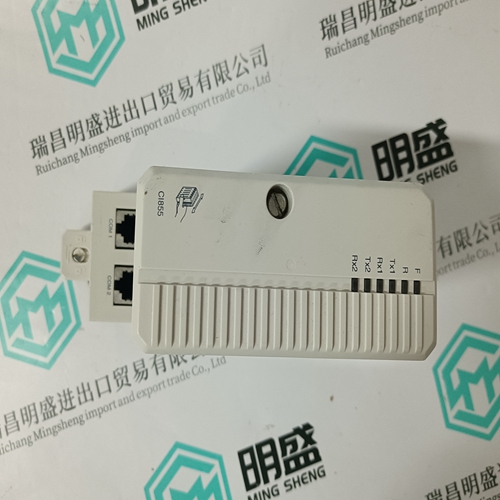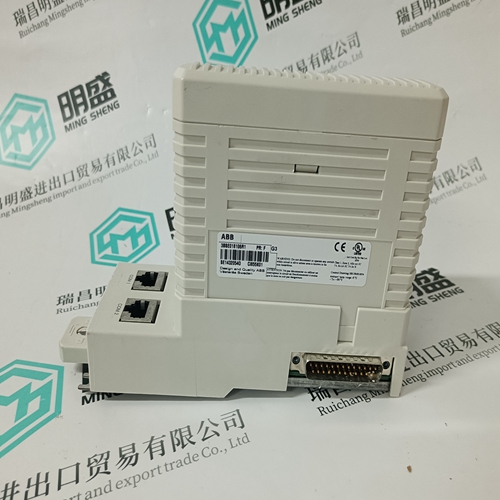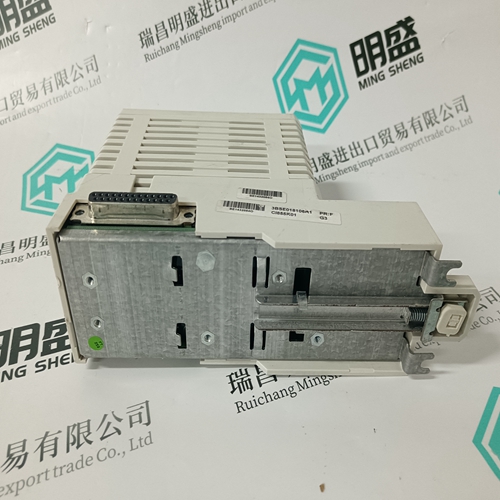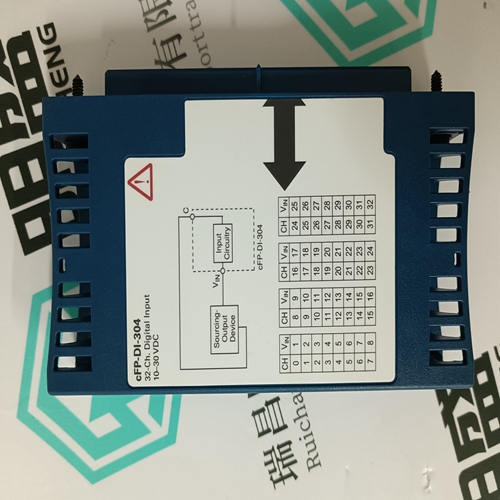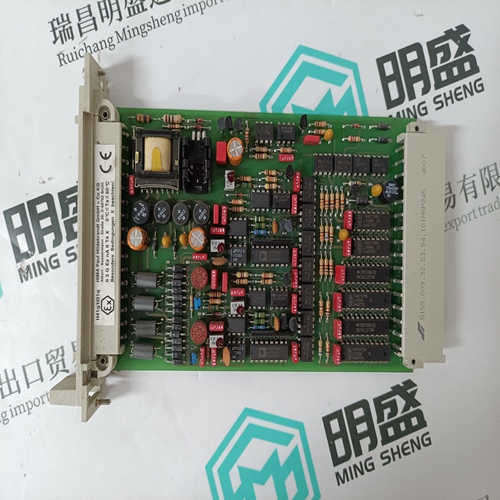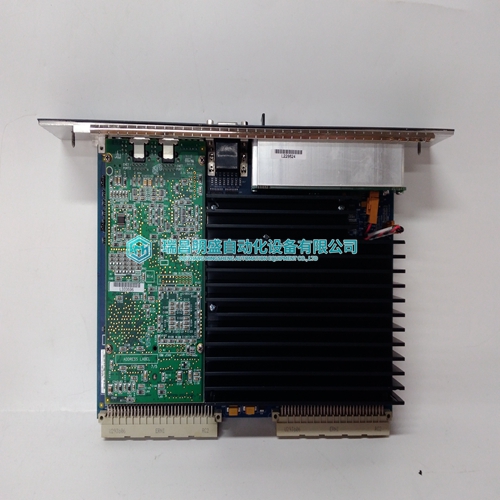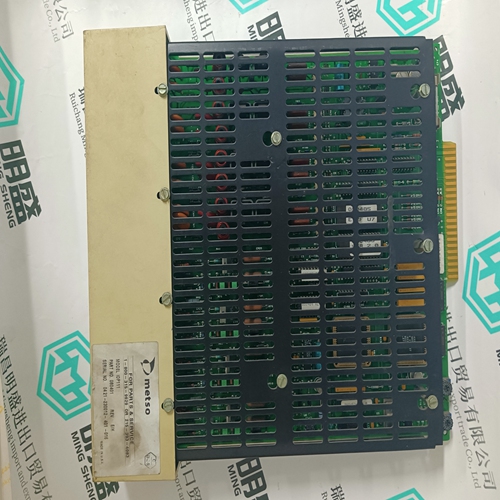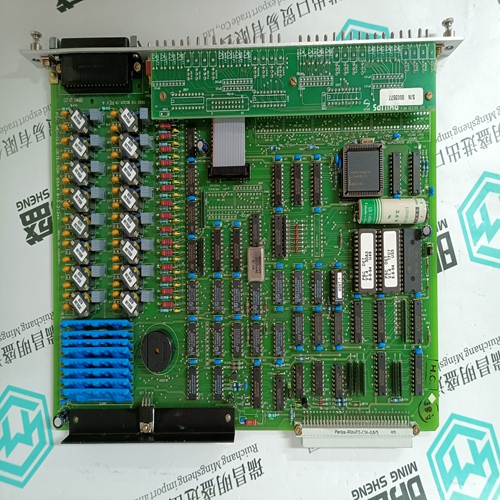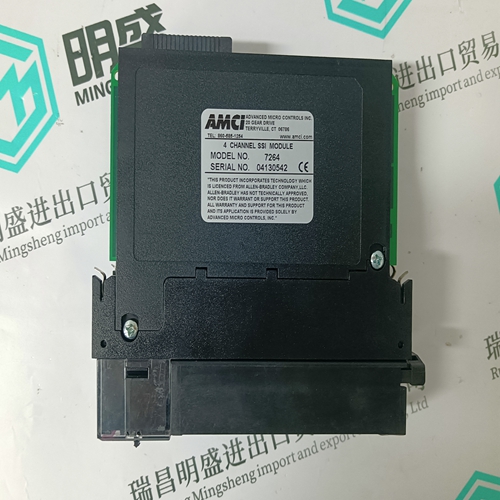Home > Product > DCS control system > CI855K01 3BSE018106R1 processor module
CI855K01 3BSE018106R1 processor module
- Product ID: CI855K01 3BSE018106R1
- Brand: ABB
- Place of origin: The Swiss
- Goods status: new/used
- Delivery date: stock
- The quality assurance period: 365 days
- Phone/WhatsApp/WeChat:+86 15270269218
- Email:stodcdcs@gmail.com
- Tags:CI855K01 3BSE018106R1processor module
- Get the latest price:Click to consult
The main products
Spare parts spare parts, the DCS control system of PLC system and the robot system spare parts,
Brand advantage: Allen Bradley, BentlyNevada, ABB, Emerson Ovation, Honeywell DCS, Rockwell ICS Triplex, FOXBORO, Schneider PLC, GE Fanuc, Motorola, HIMA, TRICONEX, Prosoft etc. Various kinds of imported industrial parts
CI855K01 3BSE018106R1 processor module
EYE PROTECTION which conforms to ANSI specifications and provides protection against flying particles both from the FRONT and SIDE should ALWAYS be worn by the operator and others in the work area when connecting to air supply, loading, operating or servicing this tool. Eye protection is required to guard against flying fasteners and debris, which could cause severe eye injury. The employer and/or user must ensure that proper eye protection is worn. Eye protection equipment must conform to the requirements of the American National Standards Institute, ANSI Z87.1 and provide both frontal and side protection. NOTE: Non-side shielded spectacles and face shields alone do not provide adequate protection. BEFORE HANDLING OR OPERATING THIS TOOL: I. READ AND UNDERSTAND THE WARNINGS CONTAINED IN THIS MANUAL. II. REFER TO “TOOL SPECIFICATIONS” IN THIS MANUAL TO IDENTIFY THE OPERATING SYSTEM ON YOUR TOOL. There are two available systems on BOSTITCH pneumatic tools. They are: 1. CONTACT TRIP OPERATION 2. SEQUENTIAL TRIP OPERATION • Use the BOSTITCH pneumatic tool only for the purpose for which it was designed. • Never use this tool in a manner that could cause a fastener to be directed toward the user or others in the work area. • Do not use the tool as a hammer. • Always carry the tool by the handle. Never carry the tool by the air hose. • Do not alter or modify this tool from the original design or function without approval from BOSTITCH, INC. • Always be aware that misuse and improper handling of this tool can cause injury to yourself and others. • Never clamp or tape the trigger or contact trip in an actuated position. • Never leave a tool unattended with the air hose attached. • Do not operate this tool if it does not contain a legible WARNING LABEL. • Do not continue to use a tool that leaks air or does not function properly. Notify your nearest BOSTITCH representative if your tool continues to experience functional problems
CONTACT TRIP OPERATION
The CONTACT TRIP MODEL tool contains a contact trip that operates in conjunction with the trigger to drive a fastener. There are two methods of operation to drive fasteners with a contact trip tool. A. SINGLE FASTENER PLACEMENT: To operate the tool in this manner, first position the contact trip on the work surface, WITHOUT PULLING THE TRIGGER. Depress the contact trip until the nose touches the work surface and then pull the trigger to drive a fastener. Do not press the tool against the work with extra force. Instead, allow the tool to recoil off the work surface to avoid a second unwanted fastener. Remove your finger from the trigger after each operation. B. RAPID FASTENER OPERATION: To operate the tool in this manner, hold the tool with the contact trip pointing towards but not touching the work surface. Pull the trigger and then tap the contact trip against the work surface using a bouncing motion. Each depression of the contact trip will cause a fastener to be driven. The operator must not hold the trigger pulled on contact trip tools except during fastening operation, as serious injury could result if the trip accidentally contacted someone or something, causing the tool to cycle. Keep hands and body away from the discharge area of the tool. A contact trip tool may bounce from the recoil of driving a fastener and an unwanted second fastener may be driven, possibly causing injury. 2. SEQUENTIAL TRIP OPERATION: The SEQUENTIAL TRIP MODEL contains a contact trip that operates in conjunction with the trigger to drive a fastener. To operate a sequential trip tool, first position the contact trip on the work surface WITHOUT PULLING THE TRIGGER. Depress the contact trip and then pull the trigger to drive a fastener. As long as the contact trip is contacting the work and is held depressed, the tool will drive a fastener each time the trigger is depressed. If the contact trip is allowed to leave the work surface, the sequence described above must be repeated to drive another fastener.
